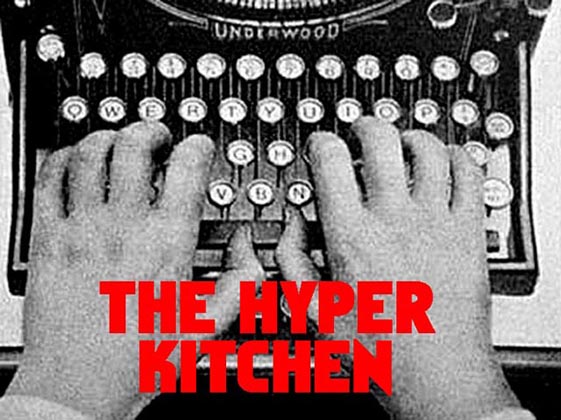I speak, of course, of the Dancing Plague.
In July of 1518, in the city of Strasbourg, France, a woman stepped out of her home and walked through an alley. Her name was Frau Troffea, and she was patient zero. She began a frantic dance in the middle of the street and continued to dance into the night. Five days later, Troffea was delirious from exhaustion, but still dancing. Soon the crowds of onlookers were compelled to join in the dance, and they too were unable to stop. More and more people were absorbed into the vortex of stomping feet and flailing arms. By August, four hundred people were dancing in the streets of Strasbourg, and they were dropping like proverbial flies thanks to heart attacks, strokes, and dehydration.
The authorities were bewildered, and issued an order for halls to be opened and musicians to play, in hopes that the dance would subside if properly facilitated. Their plan failed, and in the end the dancers were forcibly rounded up and deported to a shrine in hopes that the power of prayer could cure them. It took another month before the Plague started to clear up. Those who survived could offer no insight into what prompted their non-stop boogie.
Remarkably, this incident is only one of ten accounts of infectious dance-a-thons. It's the best documented, but there are records of other outbreaks going as far back as the 1300's. This was not some apocryphal medieval folktale, like the Flying Saint of Cupertino. This was the real deal. So, the question that immediately springs to mind is: why did these ordinary people start dancing themselves to death?
Scientists have found no conclusive origin for the Plague but various theories have been forth. One commonly held notion is that the people of Strasbourg had eaten wheat contaminated by Ergot mold, which produces spectacularly unpleasant hallucinations and convulsions. This idea has a major problem, however, as all accounts very clearly describe rhythmic dancing and not the violent spasms associated with Ergot.
The other possible answer is mass hysteria. Medieval France was a rough place to live, and perhaps after a lifetime of storms, famines, and genuine diseases, these superstitious people just snapped. There are other noted examples of contagious, compulsive behavior, so perhaps the Dancing Plague was just one big freak-out.
As this mysterious ailment still has no known cure, I think that we ought to prepare for worse in case there's a modern outbreak. I suggest rigorous regulation of all extended club mixes of pop songs and a ban on stylish discotheques. No one wants a public health emergency, even if it means destroying dubstep.
Would you like to know more?








No comments:
Post a Comment